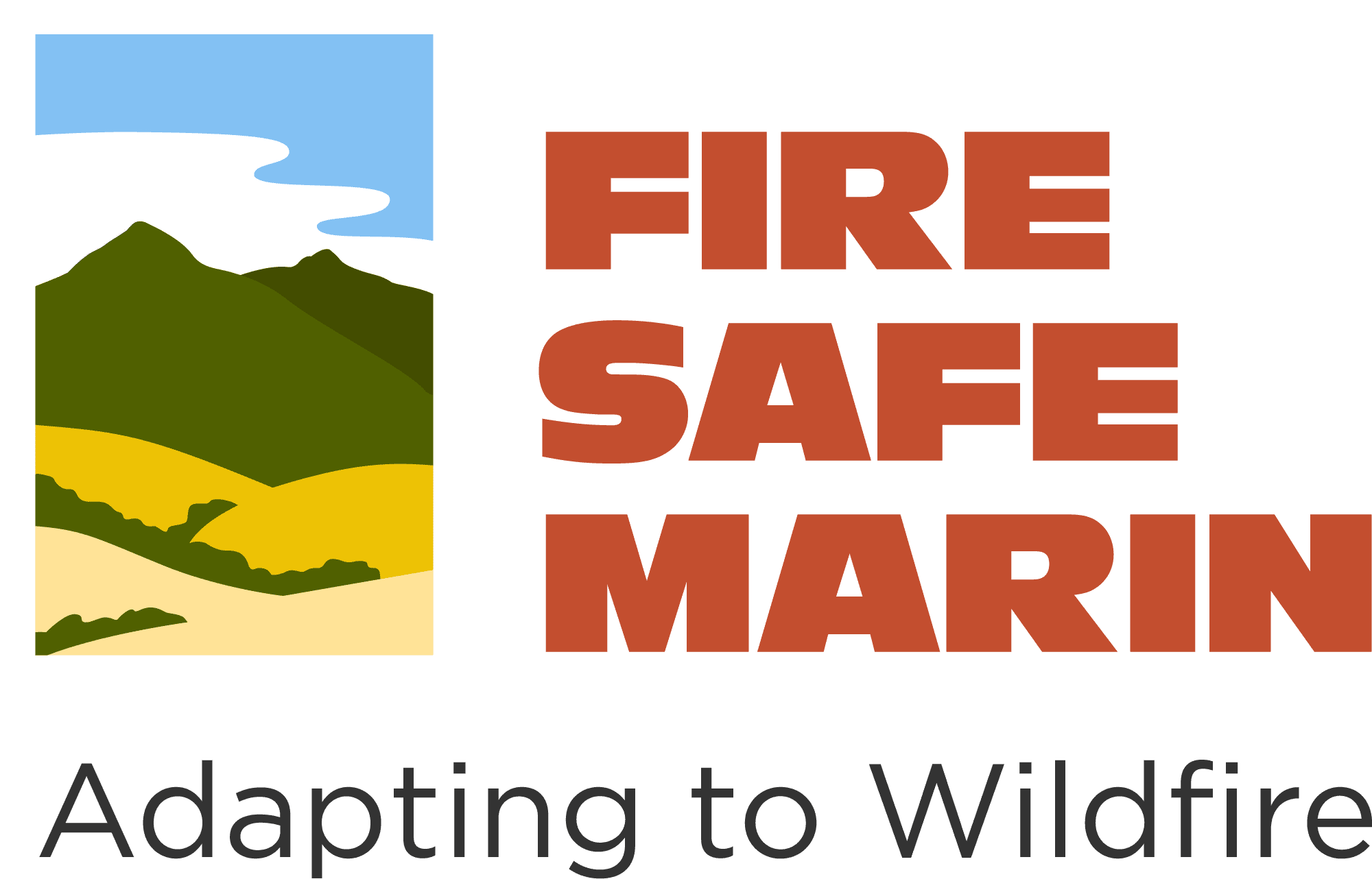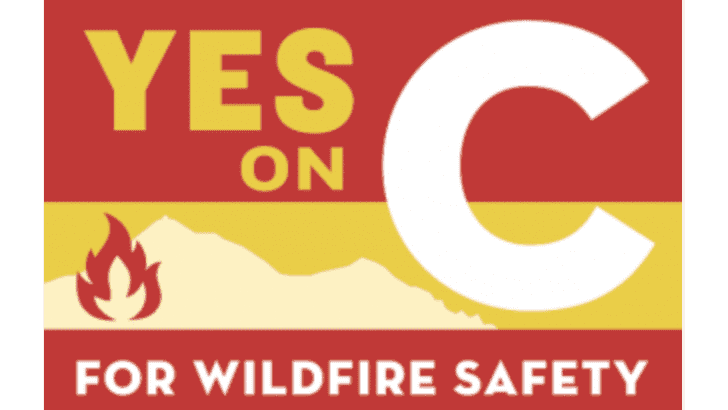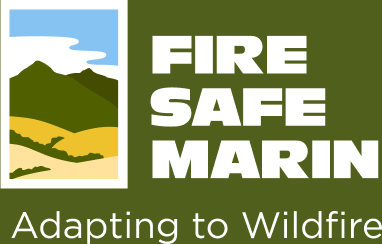The wildfires in 2017 and 2018 were a big wake up call for California. Marin took aggressive actions following these fires to fund proactive state of the art wildfire prevention efforts. Voters overwhelmingly supported Measure C, a parcel tax that provides $20 million annually for wildfire prevention.
“During the North Bay fire siege of 2017, Marin was just one ignition source away from that occurring. We have the same fuel conditions. The same weather. The same topography that drove that fire that night”
Jason Weber, Marin County Fire Chief
The money is used solely to plan, finance, implement, manage, own, and operate a multi-jurisdictional agency to prevent and mitigate wildfires in Marin County. The MWPA role is to coordinate fire prevention activities using Measure C funds. This marks a new era in wildfire management, prompting fire jurisdictions to work together before a wildfire strikes.
Funds will be used for fire protection and prevention services, including but not limited to:
- Vegetation management (Fuels reduction)
- Wildfire detection
- Evacuation plans & alerts
- Grants
- Public education
- Defensible space and fire-resistant structure evaluations
- Local and specific wildfire prevention efforts
Learn more about the formation of the MWPA.
To understand the impact that the MWPA has had after three years, Mark Brown, Executive Officer of the MWPA and a firefighter with over 40 years of experience, gives his insight.
How has the creation of MWPA impacted Marin’s preparedness to endure a major wildfire today?
The first impact is the creation of a government agency solely committed to wildfire preparedness and mitigation. To the best of our knowledge, that is unique in the state, if not the nation. Along with that agency, is approximately $20M/year in funding. This has allowed us to dramatically increase our public education, increase the pace and scale of vegetation management projects, perform 33,000 defensible space inspections per year and improve our evacuation infrastructure.
What would be different now after the work of the MWPA if there was a major wildfire in Marin?
We still have much to do. However, in the areas where we have been able to perform work, where we have had our community members engage, we will see decreased fire intensities, decreased rates of spread, less loss of life and damage to property.
What are some of the successes you are seeing as a result of the creation of MWPA?
We are seeing increased resident participation in reducing the impacts of wildfire in our communities. We’ve seen an increase in the work the residents are doing around their homes. We have also had some of our project areas be impacted by fire and we are seeing much lower fire intensities and decreased rates of spread. More importantly, the residents knew these fires were in our project areas and had a high level of confidence that the fire would be successfully suppressed.
How are you measuring success?
We are still working hard on our measures of success. We have established 5 goals and objectives for each of those goals. We have a project that is quantifying the level of risk reduction we are creating through our efforts. We will use this data to guide our measures of success and targets.
What is the impact of defensible space and fire-resistant structure evaluations?
We don’t think the impacts of our evaluations can be overstated. At the end of 10 years, we feel this will be our single, largest impact. It is vital that our residents accept their responsibility in preparing their properties to be safe from wildfire. The strength of our communities is the sum of their parts and if everybody does their part then we will have strong, resilient communities. We are seeing people take the big steps towards hardening their homes and creating fire smart landscapes.
What new technologies are you using and starting to see in detecting wildfires and alerting residents? The two emerging technologies for fire detection include smoke detection and infra-red detection. PG&E has begun to incorporate smoke detection using artificial intelligence algorithms to detect fires in the camera network we have in the county (currently we have 11 camera locations in Marin and their imagery can be seen at www.alertca.live). The most important form of notification is www.alertmarin.org. This is our system that alerts residents when they need to take action (shelter in place, evacuation warning, evacuation order and return home). Residents can stay informed through Nixle, fire agency social media, monitoring the news, and/or PulsePoint.
What are residents’ roles in preventing and preparing for wildfire?
It starts with the house-out approach. Hardening homes and creating defensible space. Learn about wildfire, sign up for Alert Marin, create an evacuation plan (and practice it). Residents need to maintain “situational awareness” which means they know what type of fire weather is present, the level of risk for their home, is there a fire or are there fires near their home? This will allow them to be more prepared if and when an evacuation order is issued. This situational awareness can also help with decreasing accidental ignitions by avoiding certain activities, such as mowing on Red Flag days.
What would you like to see the MWPA achieve at the end of 10 years?
I would like to see residents living in fire-adapted and resilient communities who are concerned about wildfire, but not scared by wildfire. When wildfires do occur, they have lower intensities and rates of spread and are seen as beneficial to our environment rather than destructive. When evacuation orders are issued, our residents evacuate promptly, safely and without panic. And when fires do occur under extreme fire weather conditions, we have been able to limit the loss of life and property.
Are there any surprises or findings that you didn’t expect to see in the creation of MWPA?
We think some of the most intriguing findings are coming from our Evacuation/Ingress/Egress Risk Assessment. Our risk assessment is evaluating every evacuation route in Marin. We are not only looking at wildfire intensities along our evacuation routes, we are looking at the demographics of our communities, the status of our transportation infrastructure, how we communicate with the public and how well we can get our residents to safety. The data from the risk assessment is really opening our eyes. Initially, we thought the risk assessment would lead us to prioritizing and shaping projects on our evacuation routes. It is doing this, but it is also pointing towards projects away from our evacuation routes that will help decrease the number of people we put on our evacuation routes, diversify the safe locations we send people to and therefore diversify the routes we send them on to help lighten the load on our evacuation routes.
What are you excited about for the future in regard to wildfire prevention here in Marin and across the region?
We are excited to have so many residents who understand the wildfire risk present in Marin and are prepared to take action. Our member agencies are fully engaged to work with their communities so they may become fire adapted. And in partnership with our land management agencies, we understand that creating healthy and sustainable forests supports wildfire prevention.
Marin County is committed to being a wildfire-adaptive community that can help inspire other regions to support the work of wildfire prevention. This work takes intense collaboration and creativity but is worth it to the future of our communities and environment.








